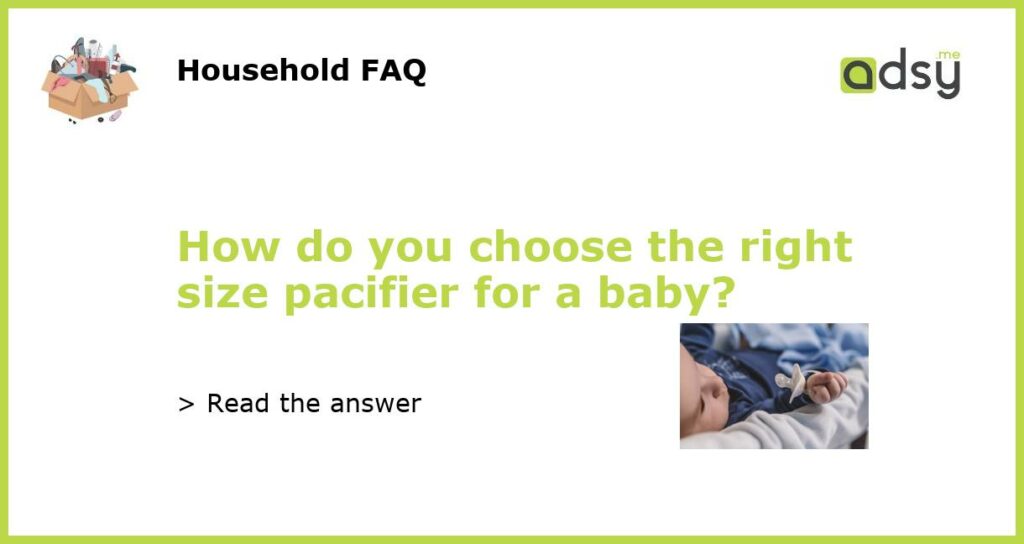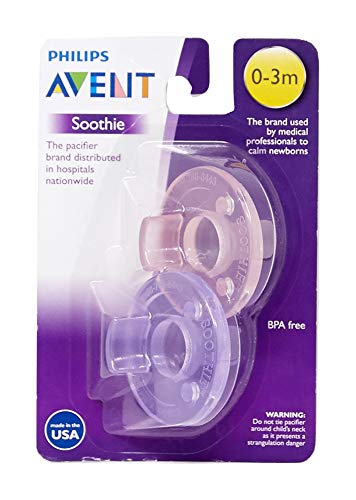Understanding the Importance of Choosing the Right Size Pacifier
Choosing the right size pacifier for your baby is crucial to ensure their comfort, development, and safety. Pacifiers are not one-size-fits-all, and selecting the appropriate size can help prevent potential issues such as dental problems and choking hazards. In this article, we will discuss the factors you should consider when choosing the right size pacifier for your baby.
Consider Your Baby’s Age and Developmental Stage
One of the primary factors in choosing the right size pacifier is your baby’s age and developmental stage. Pacifiers are typically categorized into different sizes based on the age range they are suitable for. Newborn pacifiers are designed for babies from birth to three months, while larger sizes are intended for older infants and toddlers. It is essential to follow the manufacturer’s recommendations for age guidelines to ensure proper fit and functionality.
Check the Shield Size
The shield, or the part of the pacifier that rests against the baby’s face, should fit comfortably without covering their nose. An overly large shield can obstruct breathing, while a shield that is too small may cause discomfort or skin irritation. When examining the shield size, make sure it adheres to the proper proportions and fits seamlessly against your baby’s face.
Evaluate the Nipple Shape and Size
The nipple shape and size of a pacifier play a crucial role in your baby’s comfort and oral development. Pacifiers are available in different shapes, including orthodontic and cherry-shaped nipples. Orthodontic nipples mimic the natural shape of a mother’s breast, promoting proper oral development. Cherry-shaped nipples are round and may be suitable for babies who are more resistant to pacifiers.
The size of the nipple should also be appropriate for your baby’s mouth. A nipple that is too small may cause discomfort, while a nipple that is too large may not provide enough comfort or satisfy their sucking reflex. It is recommended to choose a pacifier with a nipple size that accommodates your baby’s age and mouth size.
Check for Safety Features
When selecting a pacifier, it is crucial to consider safety features. Look for pacifiers that have a one-piece design, as this reduces the risk of small parts detaching and becoming a choking hazard. Ensure that the materials used in the pacifier are free from harmful substances such as BPA and phthalates.
Additionally, each pacifier package should come with instructions on how to properly clean and care for the pacifier to maintain its safety and hygiene.
Consider Your Baby’s Preferences
While factors such as age, developmental stage, and safety are important when choosing a pacifier, your baby’s preferences should not be overlooked. Every baby is unique, and what works for one may not work for another. Pay attention to how your baby reacts to different pacifiers. Some babies may prefer a certain shape, size, or texture.
It may be helpful to try out a few different options to determine which pacifier your baby is most comfortable with. Remember that your baby’s comfort and satisfaction are key in selecting the right size pacifier.
By considering your baby’s age, developmental stage, shield size, nipple shape and size, safety features, and their own preferences, you can make an informed decision when choosing the right size pacifier. Prioritize your baby’s comfort, safety, and oral development to ensure a positive pacifier experience for both you and your little one.






